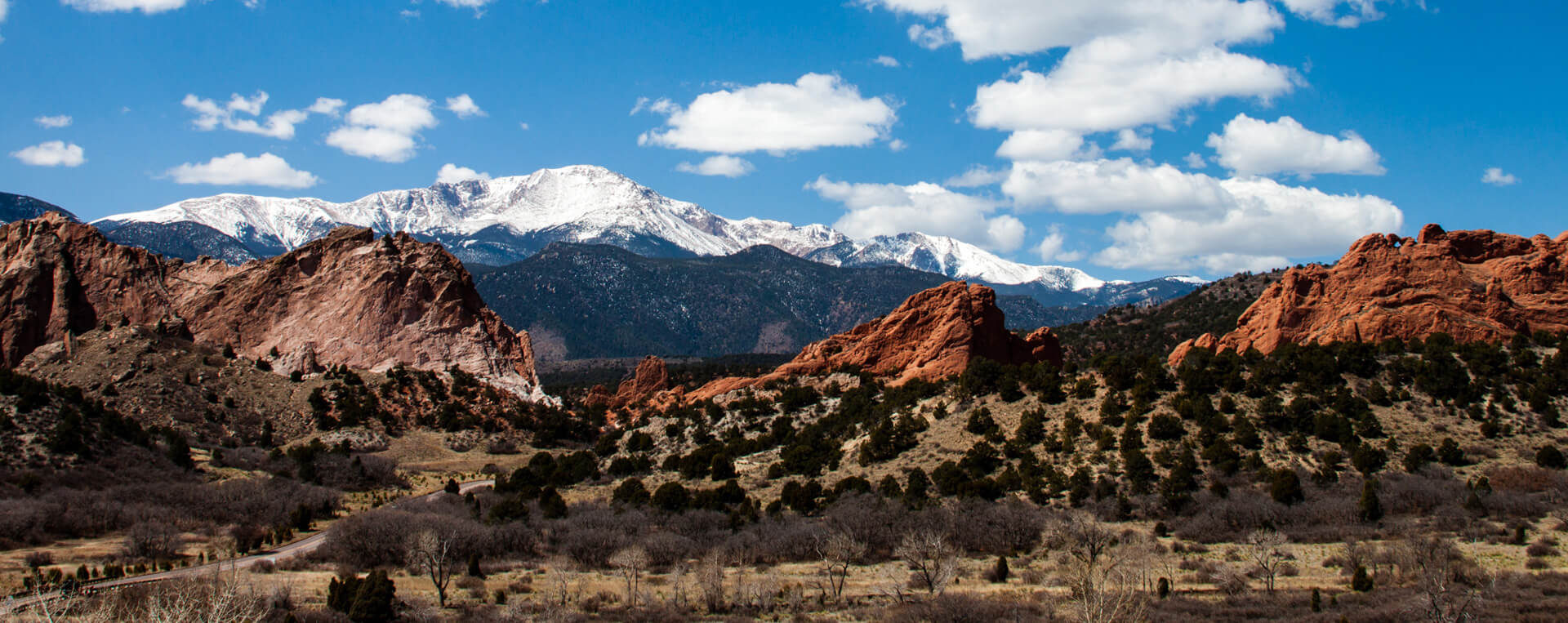Southern Rockies Fire Science
Webinar Reminder
Rainfall thresholds for post-fire runoff
and erosion from plot to watershed scale
August 7, 2017 |
|
|
|
|
|
| Wildland Fire Science Information From Mesas To Mountains |
|
|
| Colorado’s Front Range watersheds provide municipal water supplies for downstream communities. Many of these watersheds have been affected by erosion and sedimentation after wildfire, and managers need information on the frequency and duration of post-fire runoff and erosion problems. |
|
|
| A typical instrumented sediment trap and weir at catchment outlet
The empty catchment after sediment removal
The catchment with sediment from August 19, 2004, rain event. (Photos by Robichaud et al 2013 b) |
|
|
WHEN
August 9, 2017 – 12:00 PM MDT
WHERE:
Register online
OR
Room 300, Lory Student Center
(12 – 1 PM MDT, 3rd floor, all the way to the south end of building)
Colorado State University
WHAT
Research objectives:
- Identify whether or not runoff and erosion can be predicted by rainfall thresholds within three recent Colorado Front Range fires
- Examine whether thresholds change with time since burn, spatial extent, and post-fire treatments such as mulch applications
- Develop a tool for Colorado to estimate the frequency of threshold exceedance in future fire areas
WHO
Authors: Codie Wilson, Stephanie Kampf, Joe Wagenbrenner
WHY ATTEND?
- Improve your understanding of the likely frequency of rainfall events that will cause runoff and erosion after wildfire.
- Help plan for post-fire flooding or sediment problems and prioritize treatments to those areas with lower thresholds and higher frequencies of threshold exceedance
|
|
|
|
|
| The Buffalo Creek Fire in May 1996 burned 4,690 hectares in the mountains southwest of Denver, Colorado. This wildfire lowered the erosion threshold of the watershed. As a consequence of this wildfire, a 100-year rainstorm in July 1996 caused erosion upstream and deposition of this alluvial fan at the mouth of a tributary to Buffalo Creek. Photo by R. H. Meade |
|
|
|
|
|
|
|

